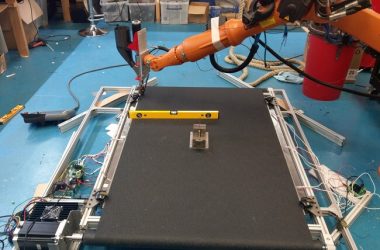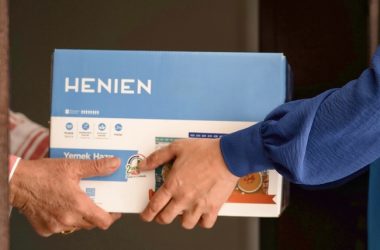According to recent calculations from the Organisation for Economic Co-operation and Development (OECD), Chinese manufacturers receive nearly nine times more government support than their Western counterparts. This disparity in government aid sheds light on China’s dominant position in various sectors, such as solar panels, batteries, and steel.
The data produced by the OECD reveals that Chinese businesses receive an average of 3.7% of their revenues in government subsidies. In comparison, the average state aid for countries in the developed world is only 0.4% of revenues. This significant difference in support levels is a critical factor in explaining China’s dominance in certain industries and the decline of manufacturing in countries like the UK.
While China provides substantial assistance to key sectors, such as solar photovoltaic and base metals production, the UK has historically been less interventionist in its approach. As a result, many UK plants have been unable to compete with cheap imports and have been forced to close down. Until now, there has been no definitive measure of the impact of state aid on these cheap imports. Measuring state aid is a complex task, as it can take various forms, including direct grants, special tax rates, and lower interest rates for favored firms.
The OECD analysis, which is yet to be formally released, is the most comprehensive attempt to quantify state aid and compare different regions. Its findings confirm that China provides significantly more government support for its manufacturers, highlighting the need for a more robust global trading system to address these interventions. Furthermore, the report shows that the amount of state aid varies significantly across different sectors, with the most assistance going to industries like aluminum smelters, cement manufacturers, and solar cell plants. However, the report does not capture the recent surge in Chinese production of batteries.
Under the leadership of President Joe Biden, the US has implemented various measures, such as the CHIPS Act and the Inflation Reduction Act, to provide subsidies for local semiconductor and green technology production. However, even with these interventions, the total state aid in the US is still expected to fall short of the Chinese total. This discrepancy further emphasizes the need for stronger measures to address the issue of state aid in the global trading system.









